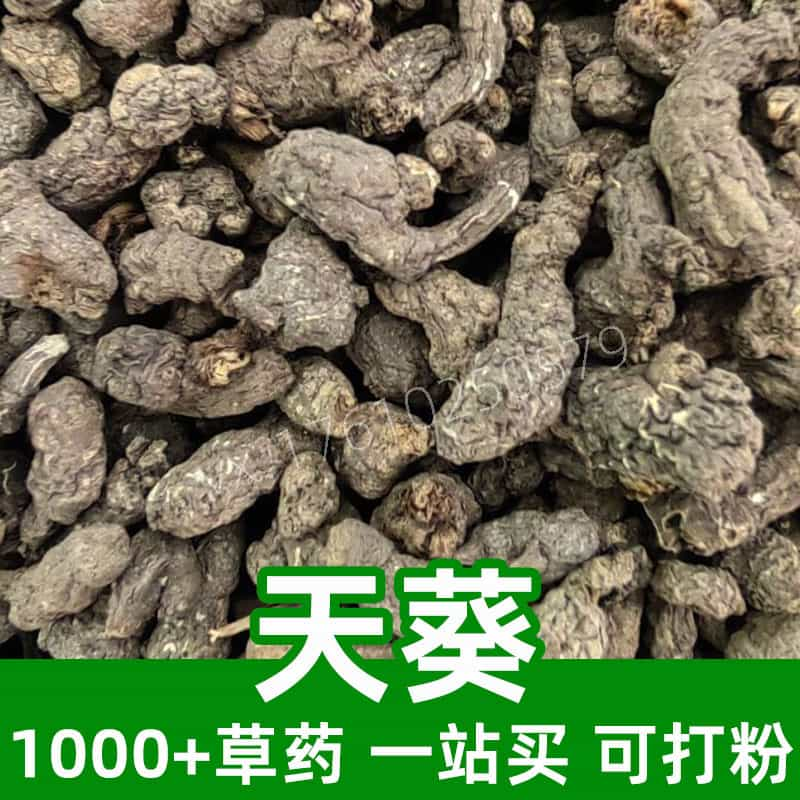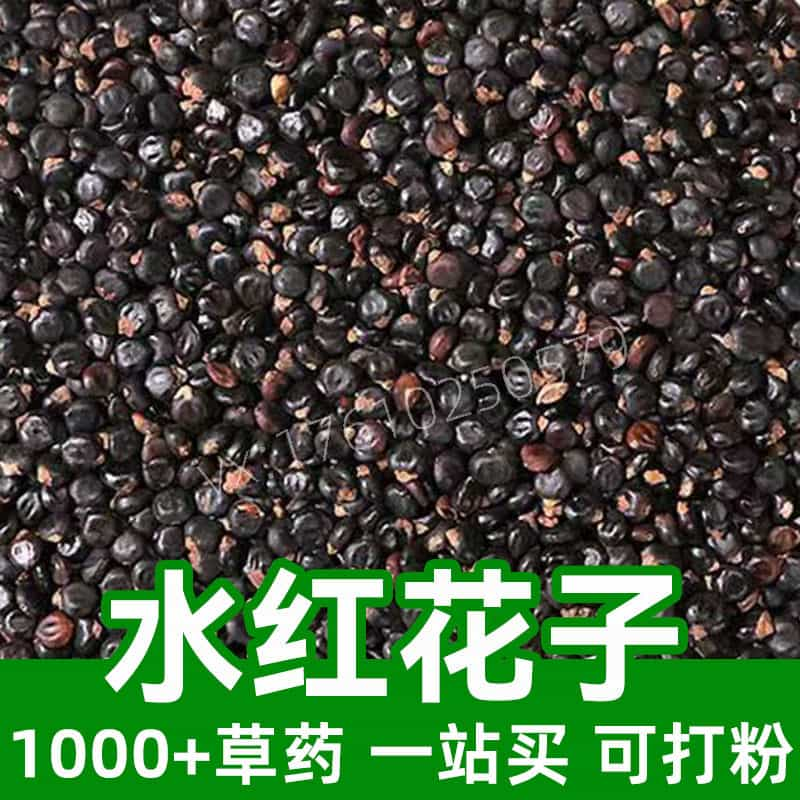Product Introduction
Cinnabar, known chemically as mercury sulfide, has been used historically in various cultures, particularly in traditional Chinese medicine and as a pigment in art. Its striking red hue has made it valuable not just for medicinal applications, but also in the creation of artwork, cosmetics, and traditional ink. Cinnabar is predominantly sourced from mineral deposits that contain high concentrations of mercury, which is a heavy metal. In traditional Chinese medicine (TCM), it holds a significant place as it is believed to have properties that harmonize body energy and calm the mind. However, due to its mercury content, the use of cinnabar has become controversial, leading to a decline in its medicinal use in favor of safer alternatives. Many today regard cinnabar more as a subject of historical interest rather than a staple in modern herbal remedies. It is essential to approach cinnabar with caution, considering its toxicity and the potential health risks associated with mercury exposure.
Main Active Ingredients
The principal active ingredient in cinnabar is mercury sulfide (HgS), which composes the entirety of the substance. HgS is a mineral that crystallizes in a trigonal system, exhibiting a beautiful deep red to somewhat black color depending on the form it takes. In terms of its structure, cinnabar can exist in different forms, including crystalline and amorphous. The mineral has been studied for its unique properties, particularly its potential behavior as a superconductor at low temperatures.
Cinnabar does not contain additional biological components or phytochemicals that are typical of many herbal medicines. Its use historically has been grounded not in the herbal spectrum but rather as a mineral-based element. Research has indicated that prolonged exposure to mercury compounds can result in toxicity, affecting the nervous system and various bodily functions. Therefore, understanding the careful handling and potential risks associated with cinnabar is crucial. In TCM, while it was thought to possess calming properties, it is essential to note that contemporary guidelines strongly advise against its use in any medicinal form due to the risks posed by mercury. The focus on HgS should reflect on its historical significance and potential applications in art rather than implying health benefits.
Product Application Scenarios, Usage, and Dosage
In traditional Chinese medicine, cinnabar was traditionally believed to be beneficial for calming the spirit, revitalization, and pacifying the heart. It was included in formulas aimed at addressing emotional imbalances and insomnia. Cinnabar was thought to channel divine qualities to its user, which led to its incorporation in talismans and spiritual practices. However, with modern understanding of the risks associated with mercury exposure, its applications have shifted considerably.
Cinnabar’s use is now predominantly historical, and practitioners of TCM largely steer clear of using it in practical applications. For any potential medicinal use, it is critical to consider the dosage carefully; traditionally, it was suggested in micro doses due to its toxic nature. Some texts suggested a grain-sized amount or as part of a complex formula, but exact dosages are largely theoretical given today's stance on mercury toxicity. Those seeking alternatives for calming or emotional support have moved to far safer herbs such as jujube (red dates) or goji berries. As a historical element in folklore and ancient remedies, it's essential to reframe the narrative around cinnabar's usage with a significant cautionary note concerning its safety.
Introduction to the Source Plant, Distribution, and Growth Environment
Cinnabar is derived from the mineral source of mercury sulfide, which crystallizes in the earth's crust. Unlike other herbs that are cultivated, cinnabar does not originate from a plant but rather from geological formations that often correlate with volcanic and geothermal activity globally. These formations are prevalent in several regions, including Spain, Italy, and China, where mining has extracted cinnabar for centuries.
The conditions under which cinnabar forms are particular; it typically resides in hot spring deposits and areas with volcanic activity that allow for the deposit of mercury compounds. Geological mapping indicates that cinnabar was historically mined in high concentrations, where discrete veins of the mineral can be found. Distinct geological environments are essential for the quality and purity of cinnabar, leading to variations in color and consistency.
Mining efforts for cinnabar often coincide with other mercury-containing ores, which means that understanding the environmental impact of these practices is also crucial. Modern discussions surrounding the eco-safety of communities disturb whether mining practices have adverse ramifications on both local populations and the environment. Moreover, growing awareness of the dangers of mercury has led to increased regulations concerning its extraction and use, aligning with a global push for safer practices.
Harvesting, Processing, and Storage
Harvesting cinnabar involves careful extraction from mineral deposits, primarily through mining activities. The process typically requires heavy machinery to access deep layers of rock where the mineral resides. Due to cinnabar's toxicity, protective gear is mandatory for miners to prevent inhalation or dermal exposure to mercury.
After extraction, cinnabar must be processed for various applications. Traditional practices involved crushing the mineral into a fine powder, which was then used in different formats, from medicinal concoctions to pigments for dye and paint. However, modern processing now elicits concern due to mercury's hazardous nature and has led to the decline of cinnabar's usage in health-related products.
Storage of cinnabar is critical; it should be kept in a cool, dry area away from light to prevent deterioration. Ideally, it should be sealed in airtight containers to limit potential exposure and contamination—especially important due to its heavy metal content. Containers that resist chemical reactions with heavy metals are preferred. Because it retains significant historical importance rather than contemporary use, careful attention to safe handling and storage is vital for any practitioners or collectors dealing with cinnabar. Awareness of local regulations regarding mercury storage and handling is equally crucial to comply with health and safety standards.
In conclusion, while cinnabar reflects rich historical and cultural significance, caution regarding its use due to mercury content is paramount for safe handling and engagement.
Monica Sun is a seasoned expert in the natural raw materials industry, with over a decade of experience specializing in traditional Chinese medicinal herbs, spices, and fungi. She is skilled in the sourcing, processing, and application of these materials, emphasizing sustainability and innovation. Monica Sun has contributed to the development of high-quality natural raw materials that serve as essential components in functional foods, pharmaceuticals, and cosmetics, delivering tailored solutions to meet diverse market needs.












